Medical gowns for healthcare workers have come a long way since their inception about 100 years ago. The gowns for patients, surgeons and nurses have evolved as textile technology advanced and the need for protection, practicality and comfort superseded looks.
Today there are many different medical gowns for different areas of the hospital – surgery, chemotherapy, the laboratory ect – but how do know which gown is the best for your employees?
This article will show the different types of medical gowns available and all the things to consider to best suit your needs.
Who wears medical gowns?
The most common professions to wear gowns include:
- Surgery: Surgeons, scrubs nurses, theatre technicians and anaesthetists.
- Wards: Hospitals wards, disability and aged care workers. Nurses and clerks.
- Laboratory workers: Scientists, technicians, lab assistants and pathologists.
- Allied health: radiology, dental, pathology collectors, and more.
- Chemotherapy nurses
Why do we wear medical gowns?
Today, healthcare workers wear medical gowns as protection from the medical world they work in.
Everyday healthcare workers are exposed to bodily fluids that can cause potentially infectious diseases like Hepatitis and HIV. Depending on their duties, workers can also be exposed to chemicals which can cause burns and eczema.
What is the risk of infection?
Whilst wearing gowns for safety and infection control is critical, it is not practical or cost-effective to wear high-risk gowns in all areas 24/7. Medical gowns can be selected depending on the level of risk to infection the workers are exposed to. The Association for the Advancement of Medical Instrumentation (AAMI) have created a 4-tier system to help organisations decided the best level of protection their workers need. The higher the risk, the more durable the gown your workers require.
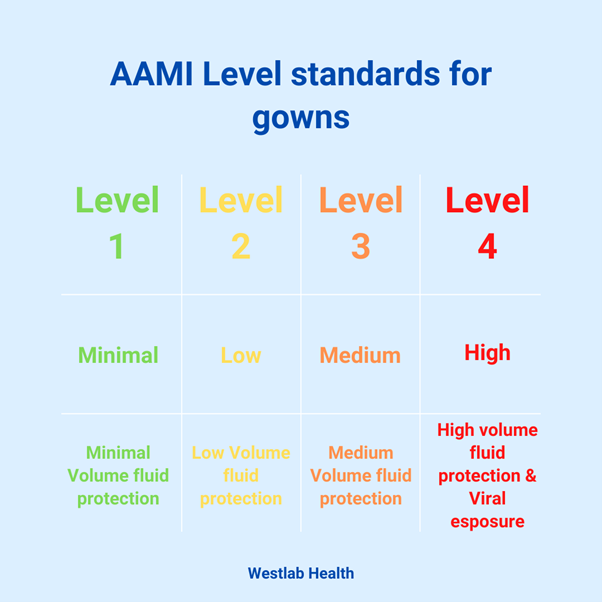
Other things to consider when choosing a medical gown:
- A good fit: Gowns should fit well for comfort and safety. Medical gowns should not be skin tight so that the skin absorbs any spills through the fabric but also not so lose they get in the way of working or cause trip hazards.
- Strength: Gown fibres and stitching need to be strong and resistant to tearing.
- Breathable: Gowns should be breathable for wearers comfort and prevent overheating which produces sweat.
- Diversity: Healthcare workers come in all shapes and sizes. Uniformed gowns need to cater for and comfortably fit a diverse range of body shapes.
- Laundry: Gowns must be easy to wash and durable enough not to deteriorate after a few washes. The dye of gowns should also be considered so they do not bleed and fade easily.
- Costs: At the end of the day every facility has a budget. Busy healthcare settings can have a high-turn over of gowns which is why cost-effectiveness of the gown is critical.
What standards do we use?
In Australia, the Therapeutics Goods Administration (TGA) is responsible for overseeing the functionality of medical gowns. Buying a medical gowns that have been approved by Australian and International standards ensures the gown is robust and has been rigorously tested for function.
The pandemic has seen a meteoric rise in counterfeit medical products. No worker or manager wants to find themselves in the situation where someone gets injured despite wearing the correct PPE because the very PPE is of poor-quality and does not serve its purpose.
Reusable vs Disposable medical gowns
Reusable and disposable gowns are equally common in healthcare and have their pros and cons:
Reusable gowns: Are more ‘personal’. Permanent/regular staff are more likely to wear reusable gowns because of their high frequency in the workplace. Reusable medical gowns are commonly found in surgeries, wards and laboratories. Reusable gowns are created by thicker material than disposable gowns and can offer a higher level of protection than disposable. Other areas like Allied Health, wear reusable gowns because there is a lower risk of infection in their workplace.
Disposable gowns: Some workplaces hand out disposable gowns for students, guests or temporary workers who may only be in the workplace for a short period of time. By being single use, disposable gowns are convenient and can help reduce the spread of infection. The pandemic has seen a rapid increase in the amount of disposable PPE used in a bid to prevent the spread of COVID-19.
In terms of sustainability and costs, some are concerned by the waste produced by disposable gowns but truth is reusable gowns still consume resources in terms of laundry and the higher amount of resources used to create the initial gown. Reusable medical gowns may be cheaper in the long run but laundry and transport costs need to be considered.
The different types of medical gowns
There are so many different types of medical gowns available, here’s how to tell them apart:
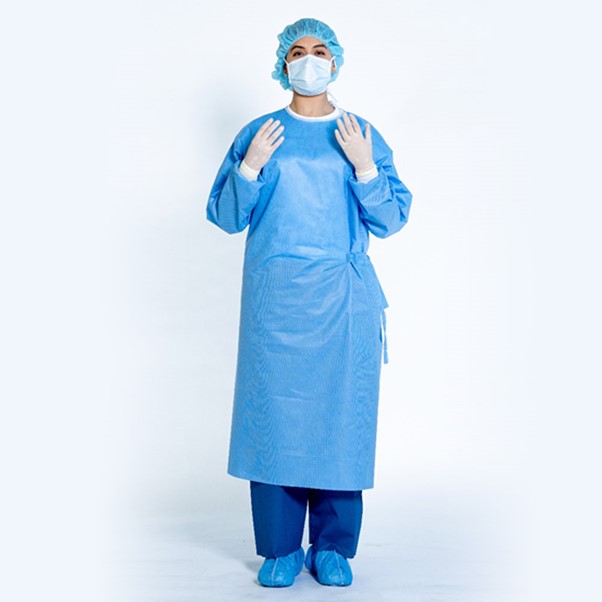
Surgical gowns
Disposable surgery gowns are ideal for operating theatres. Surgical gowns need to be comfortable and not restrict movement as surgeons need to perform precise movements as part of their role. Disposable gowns are ideal for protection against disease and emergency surgery as they can be quickly put on.
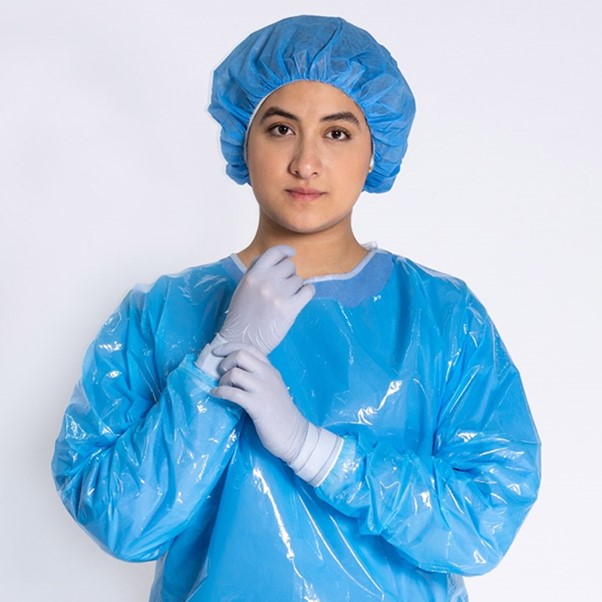
Isolation gowns
Isolation gowns made of polyethylene offer a high standard of protection for healthcare workers, including workers screening for COVID-19 and working in quarantine facilities. The waterproof polyethylene gown offers high protection against liquids, infectious fluids (blood ect), chemicals. Particles like fibres, dust, dirt and grime cannot cling to these gowns. The thumb loops stop the gown from riding up the wearers wrists. Isolation gowns are popular because they are a universal size and are very cost effective. Our isolation gowns are TGA approved.
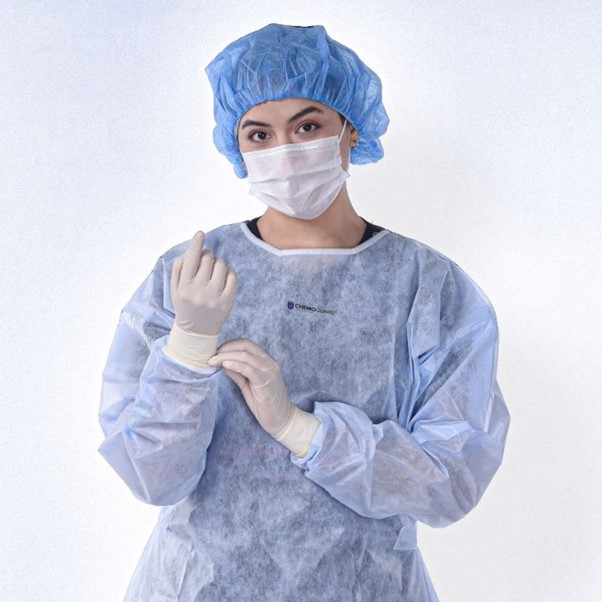
Chemo Gown
Chemotherapy drugs are very strong medicines and must be handled safely by oncology doctors and nurses. Chemo gowns are may out of SMMS fabric which is a common medical-grade textile as it is anti-static, UV-resistant and very absorbent.
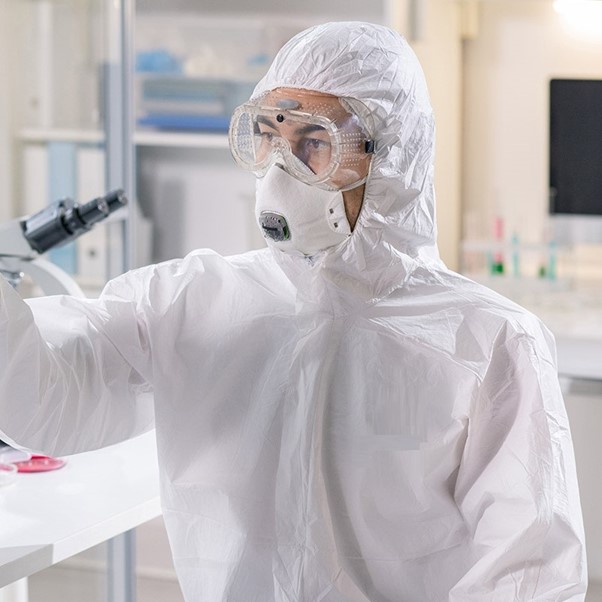
Protective coveralls
Protective are top-rated antiviral clothing. They are more often seen worn by quarantine workers/cleaners and in manufacturing areas like the COVID-19 vaccine production. Coveralls protect the wearer from head-to-toe and have built in hoods and boots. The coveralls are constructed with double-layer fabric to protect the wearer from moisture, virus exposure, is waterproof and oilproof all while being breathable.
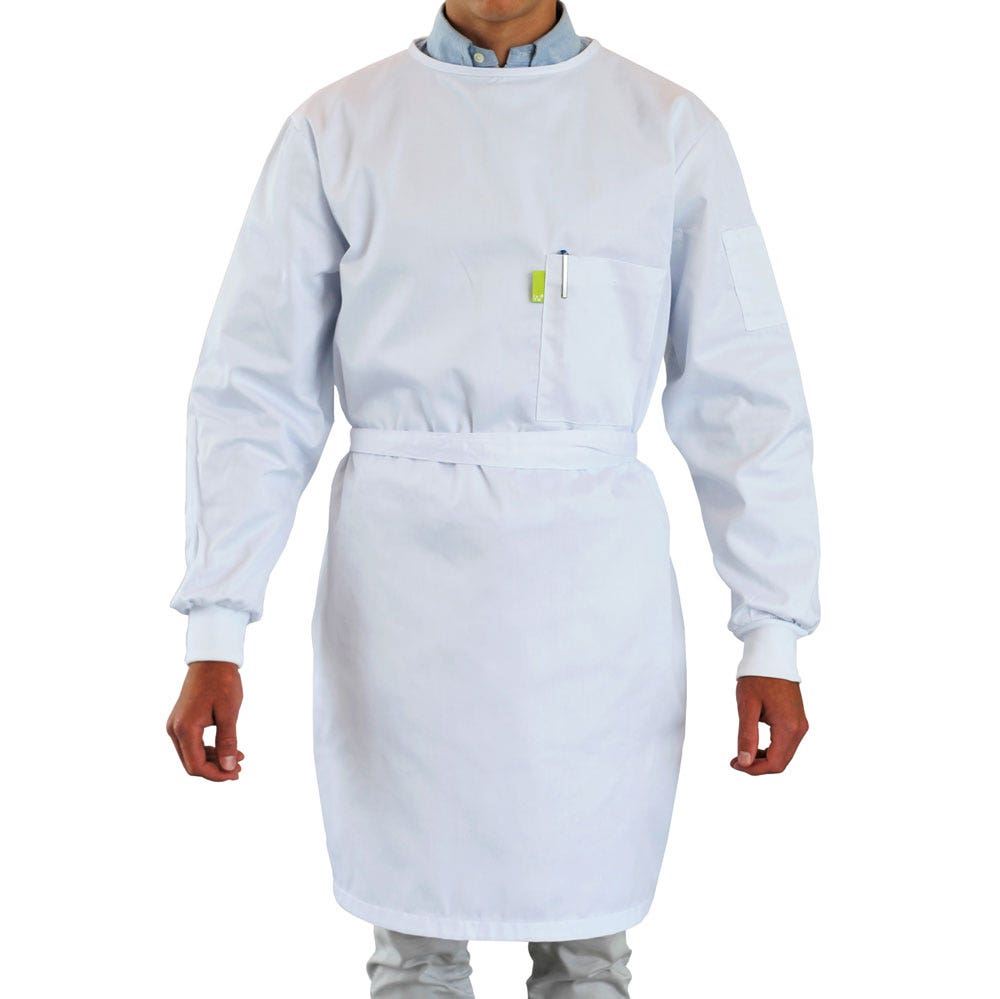
Lab Coats
All laboratory workers whether they are in the academic, research, quality or diagnostic space need to wear protective lab coats. Lab coats are available in a range of colours, tieback and disposable options. Quality lab coats should have long sleeves and offer protection down to the wearer’s knees. Their combination of polyester and cotton material protects the wearer from body fluids, chemicals and spills whilst being breathable and easy to clean.
Don’t forget your other PPE
Remember most medical gowns only offer protection for the wearers body. Infectious fluids and hazardous chemicals can still pose a threat to a workers face and hands which is why healthcare workers need to wear gloves, safety glasses and masks.
Talk to a Westlab health consultant who can recommend you the best medical gowns for your needs. Competitive prices for gowns bought in bulk. Contact us today.
